|
Put yourself in these situations: A colleague is talking at lunchtime in the staffroom about having trouble with a particular student. They do the bare minimum, but won't do any extra even though they could do really well in the subject if they just applied themselves a little bit. After a day visiting your parents, your partner is upset about something your father said. This is not the first time, they have had a tumultuous relationship at best. You just want them to get along. You are a middle/senior leader, and an area of concern/improvement in your area of responsibility has been identified from some data. What is your default reaction to situations like these? Mine has always been to go into problem solving mode. Certainly as a Mathemacian, that is what I do: solve problems. But recently I have noticed that I do this in all areas of my life, both professional and personal. If I get involved in a problem, then I am aiming to solve that problem. I took stock of this position a couple of times over the last few years. The first time I really thought about it was when I started training as an instructional coach following the Impact Cycle by Jim Knight. I was fortunate enough to go to the Instructional Coaching Institute in 2019 to be trained by Jim himself, and it was am incredible experience, not only to be surrounded by 99 other people who were coaches, but to listen to Jim himself. There was so much to take away from that week. But one thing that really hit me was that a coach is not there to solve the teacher's problem, but rather to understand the problem and help the teacher solve their own problem (though not in a facilitative way assuming the teacher knows what to do, but in a constructive conversation as partners). Since then I have been fortunate enough to have many coaching conversations and have worked for an extended period with several teachers as their instructional coach. I feel that in these conversations I am actually quite good at not trying to solve the problem. But it seems to be mostly limited to the structure of a coaching conversation. In reading Kicking the Solution Habit recently, I was suddenly confronted with a behaviour I exhibit most of the time. I try to find solutions. In the post, Matthew Evans basically has one big message: before trying to find a solution to a problem, make sure you understand what the problem is. And this is the sticking point for many people, in my experience. It is quicker and easier to make your own interpretations of the problem and solve those, than to actually spend the time investigating the true causes of the problem and addressing those. The quick fix is easy in the moment (even if it doesn't last), whereas actually solving the problem takes a lot of time and energy to explore what the true problem is. So, whilst I find myself able to do this in the confines of a coaching conversation, it is the structure of that conversation that acts as my cue to behave that way. When in another situation, be it an impromptu chat with a colleague or a conversation with my wife about our children, I fall back on my problem solving ways, trying to fix the problem instead of understanding it first. One area where this has been very evident is in my role as lead for teaching and learning. Early on in my time in this role, I wanted to enact quick solutions: an inset on this topic, a collaborative professional development day. But as I have gained experience, reflected and gotten better at the job, I have realised that if you want to implement anything, you have to take it slow, not just to get buy in (though that is important), but to make sure you are actually addressing the real problem, and not some surface detail that is really just a symptom. I want to improve at this. I want to be better at uncovering the real problem, and listening intently to people before trying to solve the problem. But I have a ways to go. I need to change a lifetime habit, and that is difficult. I need to work out some cues for myself to put me in the right frame of mind. I know I can do it, I just have to transfer what I do in a coaching conversation to other situations. But that is difficult. It isn't a quick fix. I am making headway. I have spent time identifying what the real problem is (I like to problem solve) where in the past I would have put the blame for failed fixes on the other person (they clearly didn't do it right). I am making progress. But I need to keep analysing the problem. Are you a problem solver? Are you always looking for a solution, rather than trying yo understand the problem?
0 Comments
I have just finished reading The Teaching Delusion by Bruce Robertson, and it hit all the right notes for me. I found myself nodding along, lapping up what Robertson says, constantly thinking "This is exactly what I think, but said so much more eloquently." In fact, I am thinking of copying a few extracts to give to people when I can't put into words my own thoughts! I jest, of course. There were plenty of insights in the book that I had not thought about before, and a couple of things I disagreed with. The main premise is that no matter how good teaching is, it can always be better. This has been a point I have made at the start of each new school year since getting the job of T&L Coordinator, and my most recent phrasing has been "It is both our right and our duty to continue to improve our teaching". I use this wording carefully, to instil the idea that it is our right to want to continue to improve ourselves, get better at our jobs, and become better teachers. This aligns with Robertson's idea of a Professional Learning Culture. On the other hand, we serve a community of children and their parents (who, in my case, pay a fair amount of money for our services), and it is also our duty to them to do the best job we can, which includes continually improving our teaching. Our duty to the parents who pay, yes, but mainly our duty to the young people we have the pleasure of working with, whose future depends so much on what we say and do, how we make them feel, and what they learn from us. Robertson asserts that The Teaching Delusion is made up of three factors:
End of a Semester We are approaching the end of our first semester, and so have a two week holiday coming up. After teaching online since March, with only a week break, I have to say that this is very much welcome. We (teachers and kids) are all tired and having two weeks away from Zoom will be a beautiful thing. We are not allowed to do any travelling as kids under 14 are still quarantined in Peru, so it will be spent at home and going for walks, but I am glad to have some time away from work for a little bit. I have been getting to spend more time with my son as I work from home, which is amazing, but I am looking forward to doing this without nagging feelings in my head about work that needs finishing. IB Key Skills I have been using my new IB AA SL Key Skills Generator to create retrieval starters for my lessons. I am using this in conjunction with the Spacing Spreadsheet which tells me which skills to do each week. With the lockdown still continuing here in Peru, we switched all classes to double periods, and so I only see the class twice a week, so I do a key skills like the one above on a Monday, and then a shorter definitions/facts recall on Thursday where I simply ask them to define the important words and concepts, and state some important facts. I have also just finished working on the Binomial Expansion questions, which I am quite proud of. In particular, I went for two different ways for presenting the solutions, based on a conversation on twitter. Anki I listened to the recent Mr Barton Podcast with Daisy Christodoulou last week, and one thing that intrigued me was Anki. I had previously downloaded it to my phone as I had heard Ollie Lovell talk about it, and thought it was an easier way to go than the old fashioned flash cards I was using to learn some Spanish, but I never actually got round to setting it up. I will get on this in our two week break that is coming up. But what really caught my attention was using this with kids. I am thinking about setting up an Anki deck of the key terms and skills that I was recording in the spreadsheet, and then sharing this with kids. They can then do this as the starter, giving them recall practice that is a bit more individualised to what they need. Hopefully this will also get them using Anki to study other things. And then each lesson I can get them to add new stuff to their deck too. As Craig said at the end in his reflection, it would be great to be able to combine this with randomly generated questions. This is definitely not something I am up to coding myself (mine is largely just a hobby), but it would be interesting. I am thinking a workaround could be to use my IB Key Skills Generator and get students to put a reference to a question in their decks. Then, when it comes up, they go to the site, do that question, and then mark it as right or wrong on Anki as they would a normal flashcard. I think you can even insert a link directly into the card, so that could take them straight to the page. I will be having a play around with this when we come back in August.
Online Teaching I feel like I am in the routine of teaching online now, after 8 weeks. It is not ideal, and I would rather be in the classroom, but given the situation I think I have found my flow. There are still some things I need to focus on improving:
Key Skills I have been thinking a lot about the key skills of my students, especially those I am teaching in the IB AA Standard Level course this year. I have started to put together a generator with these key skills at different levels, which I can use as a starter, to create worksheets, or at this time, get students to use it independently to keep overlearning these key skills so they can do them fluently. Reflect, Expect, Check, Explain A full post will come on this once I have finished reading the whole thing, but as I get close to finishing Chapter 1 (which could be a full book in its own right), I have already been struck by the amount of thought that Craig has put into this process. I am planning to ask my HOD to bring the Estimated Means sequence of questions to a departmental Zoom meeting soon so we can all do them and discuss the benefits of these kinds of connections. The structure of Reflect (what has changed), Expect (what do you expect to happen), Check (do the algorithm to see if your expectation was correct), Explain (can you explain the relationship) is a really helpful way to think about mathematical thinking. This is the behaviour we go through when answering questions, so we need to explicitly teach our students this behaviour too. I am excited to try some elements of this out in the next few weeks. CPD There is soooooo much CPD available at the moment. Seneca Learn courses. ResearchEd Home videos. The usual blogs and articles. Books piling up. Complete Maths webinars. Inner Drive Academy. And with a 2 year old at home and teaching a full timetable via Zoom, I am not managing to get much done (other than slowly working my way through books). Keeping track of all the opportunities is difficult, and I want to do them all, but I just need to file them and come back to them when I have the time. Instructional Coaching and Playbook
We launched our new instructional coaching programme in February this year. 3 weeks later, the whole of Peru went into lockdown, and coaching hit the backburner as we all got our head around teaching from home. But now I am trying to restart the programme in some way. It is difficult to get people on board when you can't go and speak to them directly about the possibility of being coached. I am relying on people letting me know when I keep mentioning it. But whilst I am waiting for somebody to coach, I have made a start on putting together an instructional playbook (as Jim Knight calls it). This is the set of instructional strategies that the coaches become experts in so they can share them with teachers. I will be pulling on three books to bring it together: High Impact Instruction by Jim Knight; Teach Like a Champion 2.0 by Doug Lemov; Teaching WalkThrus by Tom Sherrington and Oliver Caviglioli. But before pulling the actual strategies together, I have started by thinking about how I want to break them into groups. Each of these books does this, and I thought hard about our context and what groupings would work for us. I came up with this model, which also fits with our Principles of Great Teaching. There has been plenty of debate on twitter the last few days over the effectiveness of teaching live online lessons vs setting work for students to complete in their own time. In other words, whether we should be teaching in a syncronous or asynchronous way in the current school closures. Mark Enser goes into detail of why he thinks the asynchronous model is a better approach here as a response to some rather antagonistic tweets from a former Schools Minister. Enser accepts that different circumstances will mean that each model will be more effective in different situations. At the end of the post he asks for anyone who has been teaching live online lessons to share how they have made it successful, so that is my plan for this post. My situation First I want to state that I know that what I am doing would not work for everybody. Even those in a similar school situation have different home lives. I am not sharing this to say others should follow my lead, but rather that here are some things that have worked for me. At the start of the lockdown I posted a blog with 5 tips. I stand by those now, though there are certainly things I might add! As I write this we have been doing online teaching for 7.5 weeks since the schools were closed here in Peru. This started 1.5 weeks into our new school year. We are currently on a week's break before starting the second term of 9 weeks which will be done online too. It is very possible we do not return to school premises until 2021. I mention this to make it clear that we are in this position for the long term, and so suggestions of just reviewing and mastering content students have already studied are not appropriate for us. I work in a private school. This brings two things into the mix. Firstly, our students largely have their own devices (year 9 upwards all have laptops in school normally, and years 7 and 8 use them in certain lessons, so most also have their own) and Internet connections are not an issue (well, no more than are usually an issue here). Secondly, our salaries are dependent on parents continuing to pay the fees, and so there has to be a large element of 'pleasing the customer' at this time (more so than usual). In terms of my technology I have a work laptop which I am using for the Zoom call, and then have my personal laptop set up beside this so I can do registers, see classkick progress, view the worksheet without having to jump between tabs on the work laptop. This has been an incredibly important part of my work flow solution. Working at a private international school also has an impact on the number of periods we teach. We have 40 minute lessons and there are 40 periods a week. The maximum teaching load is 28, and most do not have more than 25/26. I also have a post of responsibility so have a lighter timetable. I have a two and a half year old at home. He has not been able to leave the house for 7 weeks and is going stir crazy because of it. But fortunately my wife stopped working when he was born, and so she is taking the brunt of looking after him. Of course, he doesn't completely understand and finds it hard for me to be at home and not be able to see me, and this does lead to some interruptions. But my school have been incredibly understanding of home situations from the outset. We are sticking to the normal timetable, and the only requirements on staff have been that they must have at least one live sessions with each class each week, and they should be available during timetabled class periods, but this can be via email/Google Classroom. So given that many of the practical problems with live teaching are not an issue for me, I have decided (as have our whole Mathematics department) to teach all lessons live through Zoom. What I am doing This year I am teaching two year 7 classes, a year 12 IB standard level class and a year 13 IB Higher Level class. I have taken a different approach with the different age groups, but I do a Zoom lesson every period. With the IB classes I have broadly followed what I do in school normally. As we are working towards and external qualification, there is an element of needing to cover the content, and this is taking a little longer than it normally would. I have cut the retrieval starters down for this reason, doing one question in single periods, and then following the Spacing Concepts I started this year in the double period. In terms of the rest of the lesson, I am still using the lesson sheets I produce for IB classes. Students either print these or have them open of their screens and write in an exercise book if they have no printer. I do not have a printer at home, so I am writing in an exercise book. I use my visualiser and screen share with the class my book, and work through examples as I do in class. Sometimes I will bring out a mini whiteboard under the visualiser to answer tangentially questions. Then students do a your turn. Where in class I can wander around to see their work, in Zoom I am making more use of cold calling students to talk through their entire solution, and asking if anybody did it differently. For shorter questions I get them all to type their answer in the chat function on Zoom, which I have set so that only I see their responses. I am more reliant on them asking for help than I would like, but it seems to have worked well, as the quieter students are asking through the chat. After some input, they generally work on some independent practice. I am making use of Classkick (I made this guide for our staff) and Desmos activities which both allow me to see student responses, but mainly for IB they have questions to do from the textbook, which have answers they can check. One of the mistakes I made early on was not ensuring they knew where the answers were, but now they are in the habit of checking themselves. Keeping them on the Zoom call but muted has become the norm here. This was a request from the students who said they were too easily distracted working in their rooms without it. This also enables them to ask questions if they get stuck, and sometimes I will put them in a Breakout Room to discuss it with somebody else from the class. With my year 7 classes I am taking a different approach. I am uploading a presentation to Classkick, and producing an assignment in Classkick for each lesson (labelled week 7 lesson 3 etc). The first slide is the starter activity which is Numeracy Ninjas. I have found this more important for the younger students as they arrive to the Zoom call in dribs and drabs, and this gives them something to do straight away. One benefit of Classkick is that I set it to mark automatically after 5 minutes. After this I will usually introduce the idea for today's lesson through an example. I have mostly been doing this by editing the Classkick assignment live. If they are on the page they see my edits appear immediately. I then talk through these on the Zoom call. Whilst doing this I lock the assignment in Classkick so they cannot edit it. Then they do some practice. This will probably involve some your turns first which I check before they can move on to the main exercise (in Classkick they can call me to check their work). The main exercise is from the White Rose Maths resources (we changed our scheme of work to theirs this year), and I have set it to self mark where possible. I then keep a view of the whole classes work and can see their work live. I will check questions that can't be self checked (written answers) and answer questions which they can ask through Zoom or Classkick. Some concluding thoughts Some of the benefits of doing lessons live have been:
As I said at the start, I am not saying anybody else should go down this route, and I accept that the practical limitations could get in the way of this being a reality for many teachers. But I have found a way to make it work for me, and I feel like I am able to meet the learning objectives for the students this way in a more effective way than through an asynchronous model. The biggest problem with online teaching (in either model) is checking for student understanding at the time of input. Through Classkick, questions and answers through Zoom chat and cold calling explanations of answers I think I have managed to make a good stab at being able to do this fairly effectively. I would love to hear how other teachers are managing this type of teaching? What were the problems and how did you overcome them? What are your top tips?
The first week back for the 2020 academic year has been busy. I am teaching more periods than last year, and am teaching P6 (Year 7) for the first time after 4 years of only teaching IGCSE or IB. First P6 Lessons In the very first lesson I set a puzzle from the Complete Maths Puzzle pack (I can't find the link on their site anymore). It was a great little puzzle to get the students behaving mathematically (using Mark McCourt's language) on something they had a lot of knowledge about. That being said, none of them solved the problem in either class in the 20 minutes they had on it! Many did the wrong thing first by trying to find how many 7 go into 999. But mostly they missed all the 7s that are in the tens position. We are also starting the journey towards a mastery approach, and following the cycle Mark espouses in his excellent book. We have started this by trying to use diagnostic questions to set a pre test to ascertain what level the students are currently at so we can teach from there. Unfortunately it was the first time most of them had used the laptops or computer lab, and technical issues got in the way of them completing it in class, so they are finishing it for homework. Won't be ready before we start for this unit, but a work in progress! Departmental T&L This year I have scheduled plenty of departmental T&L time in to the CPD programme. We have a session every week on a Wednesday for 40 minutes after school, and this year they have 10 in departments across the year Geography shared a great project they are working on with me about defining the IB geographical skills and then backwards planning to introduce some more of them further down the school. In Maths we taught 5 minute snippet lessons (as if the department were a class), and then discussed them in groups. I did a P6 (year 7) lesson on sequences, our HOD did an IGCSE class on variation/proportion and our IB Coordinator did one on introducing complex numbers. We all did things very differently. I went for the example-problem pair that has become a standard of my teaching. In teaching variation, our HOD made explicit the different language that students might encounter when solving these problems (a is directly proportional to b; a varies directly as b; a ∝ b), and then did a quickfire write the algebraic statement (a = kb) on the mini whiteboard for some that he called out (including using squares, roots etc). I liked that this really broke down this skill and just practiced that without any calculation going on. To introduce complex numbers, we heard a story of how numbers developed, and the narrative was really powerful. It created a sense of wonder and background. We discussed how this might lead to lots of questions (Theory of Knowledge style) and that it was ok to derail the lesson to address these. One suggestion was to use a timeline to make this more visible (Dual Coding!?) and also highlight some international perspectives (like when did these things happen in the East compared to the West) I will be asking all Heads of Department to share a brief document with what they did in the first 3 weeks of these sessions, so that we can feedback to the whole staff on some of the great things going on.
This time last year I wrote a post on the Successes and Targets I had, and as the new year starts I find myself once again reflecting on last year. My highlights/successes for 2019 have been:
What about my targets from last year?
And looking forward to 2020, I have decided to follow the advice I got from the coaching course, which was to work on one target at a time. So these targets are what I shall work on in my teaching ine the respective bimester. I detailed some things I wanted to work on after reading Making Every Maths Lesson Count.
On top of targets for my teaching, I have some targets for my role as T&L Coordinator.
So there it is. Some highlight from 2019, progress against my targets from last year, and some targets for 2020.
In Better Conversations, Jim Knight briefly talks about the power of assumptions. We all have different core beliefs and assumptions, and often disagreements that we have are based on differing assumptions that we hold. This is true in all aspects of life, including our views on education. The problem with assumptions is that we tend to defend them aggressively when we feel they are being attacked. By sharing our underlying assumptions we can help each other see why we disagree, which should help conversations be more constructive. If we do not know the assumptions our conversation partner holds, then we are liable to think they are stupid for what they are saying, as we are judging their comments against our own assumptions. These assumptions (or beliefs, values, opinions) feed into everything we say and do, so helping others to understand them will help others to understand our points. Similarly, by finding out the underlying assumptions of others, we are in a better position to understand their points. So, here are some assumptions I hold about education. 1. Conversations should focus on the learning There are a lot of things going on in a school, but the primary purpose is to give students the best learning opportunities that we can. For this reason, conversations we have in schools should focus on the learning of the students as much as possible. By keeping a relentless focus on learning within meetings, we don't waste precious time talking about things that will not affect student learning. Just like Willingham suggests we plan by thinking about what students will be thinking at each stage, when in meetings we should always be thinking about how this will impact student learning. If the answer is "Not Much", then we need to consider if we could be talking about something more impactful. I get frustrated when conversations become focused on details that have little impact on student learning, and I will always try to bring it back to what I think is the most important thing for us to be discussing. Of course, that doesn't mean we should agree on everything about learning, but focusing our discussions on this will give us the biggest chance of having the best impact we can.
+Cake The rule in my IB Higher Level class is that if they forget to add +c for an indefinite integral then they have to bring cake to the following lesson. I call this +Cake (and will write this on any pieces of work I collect without it). On Monday morning I had two students turn with cakes to pay for this. Ritangle The excellent Ritangle competition started last week, and I introduced it to my IB HL students as a starter activity. I am going to use the problems to start lessons for a few weeks, but then will set them off to do it in their own time. We set up a team of the whole class with the team name +Cake! If you haven't seen the competition before, it is worth a look. Coaching Training We are in the final term of our year, and in preparation for launching a small scale instructional coaching programme next year, this term I am working alongside 4 colleagues to develop them as instructional coaches. In April of this year I went to the Instructional Coaching Institute in Kansas with Jim Knight, and since then I have been doing little bits of coaching with some colleagues. But for next year we are making the programme a little bigger, and I have the role of 'training' the new coaches. Of course, I am certainly no expert in the process as I have been looking into it for only about a year, but I have some insight into the coaching cycle (more than others anyway). I have put together a 9 week programme of training, where we will explore the fundamentals of Better Conversations (see below), through the Impact Cycle advocated by Jim Knight, and then delve into the depths of gathering data, setting goals and developing an instructional playbook. Each week I am setting the group some pre-reading as well as a task to complete (such as recording themselves teach), and meeting with the whole group to discuss the reading and next bits, and then meeting individually to talk through individual concerns and how the task went. It is still early days, but the setup seems to be working well. We are going to get into the actual coaching cycle next week after doing some background stuff on conversations and partnerships in the first two week. READY As part of our Principles of Great Teaching we have 3 Standards that we expect to be implemented in lessons:
Over the year we have done various sessions on each of these to introduce the ideas, and for the third one groups of teachers designed their own acronyms to represent what we feel shows good listening (think SLANT style). After getting 20 ish different versions, I put them into a Google survey for teachers to vote on which they felt was the best, and the winner is below. Better Conversations I blogged briefly about Better Conversations by Jim Knight, and produced these images on the main ideas. Whole Class Feedback Sheets People have been going on about whole class feedback a lot lately, so I decided to actually try putting together a template to structure it. I often write brief comments on a post it note, but thought it was worth trying a template structure. Based on a few I had seen on twitter, I put together this one. On using it a couple of times, the biggest thing I have immediately noticed is that it has made me think more specifically about the actions I should take for each error/misconception. Straight away I was more deliberate about the questions I put in my retrieval starters, for example. I will continue to use them and see how it goes, but my first impression has been positive.
Learning Map In High Impact Instruction, Jim Knight talks about what he calls Learning Maps. These are designed by the teacher to show the learning of a given unit, but also emphasise connections. The completed Learning Map is a revision resource for students, but also lends focus to lessons. He suggests starting lessons by referring to where you are on the map, and finishing by updating the map with what you have learned that lesson. As well as being a tool for in the classroom, I particularly like the way they can help me plan out a unit. So I decided to give them a go in the recent unit I taught on Differentiation to my IB HL class. ll as being a tool for in the classroom, I particularly like the way they c Before planning the unit I started by drawing up a rough version of a map that showed all the things they needed to learn, grouped under some headings. With this, I started planning the Lesson Sheets for the unit, working my way through the objectives listed on the rough map. Once the sheets were finished I then drew a neat finished map, with more details rather than just headings. The point was that all things covered would be on the map. To start the unit we drew the outline, with just the headings. I did this under my visualiser and students made their own version. As we went through this I summarised the key points verbally. Anecdotally, I felt that this gave them a big picture of the unit. It allowed them to see what we were going to be doing, and where we were going. Given that many in the class had done Additional Maths at IGCSE, they had already seen the basics of differentiation, so giving this big picture showed them there was a lot more to it than in Add Maths! Then, every few lessons, we would take out the map and add to it the details of what they had learned. This included key points and definitions. As the unit progressed, the map grew in detail, and became more like my version. Of course, there were a few things that I missed off my version of the map (using induction with differentials, some common derivatives) that we actually did talk about in class, and we added these to the map too. If I missed something off that I had mentioned in class, students were quick to say it. Often these were things said in passing, that I hadn’t planned, but next time I will know to plan them more specifically into my lessons. The end result is shown below (and available as PDF here). The students said it was a useful exercise to see the topic grow organically, and also liked the fact that they had a one page summary revision sheet. One student commented on how she was a little scared at the start as the map was so big, but that filling it in helped her realise the connections between the different things we looked at. Overall I was pleased with this first attempt, and I will continue to use them with this class. I am not sure if I will start referring to it every class as Jim Knight suggests, but we shall see. Differentiation Increasing Activity After listening to the Mr Barton podcast with Chris McGrane, I have been thinking more about task design. I really like OpenMiddle problems, and MathsVenns. But the More/Same/Less idea is one I have not used much. After trying a logs one from OpenMiddle, I decided to give making one a go for my IB HL class. The activity created some excellent discussion amongst students, with them arguing with each other about answers. One girl took the particularly interesting route of sketching what each must look like, before finding functions that would work. Most of the groups missed the fact that boxes beneath each other can't just have f'(1) less than 0, but that all three boxes needed to be equal, but perhaps that is a less important part of the process, as they all thought hard about how to input functions in the right places. I am becoming a big fan of this type of activity, and will try to build them into my teaching more often. IGCSE Booklets Part 1 I posted the first of a three part series on using booklets with my IGCSE classes. This first post looks at 10 reasons why I love booklets. Ingredients for Great Teaching
I wrote a summary blog post of this excellent book for my school T&L Blog. |
Dan Rodriguez-Clark
I am a maths teacher looking to share good ideas for use in the classroom, with a current interest in integrating educational research into my practice. Categories
All
Archives
August 2021
|
|
Indices and Activities
|
Sister Sites
|
©2012-2023 Daniel Rodriguez-Clark
All rights reserved |
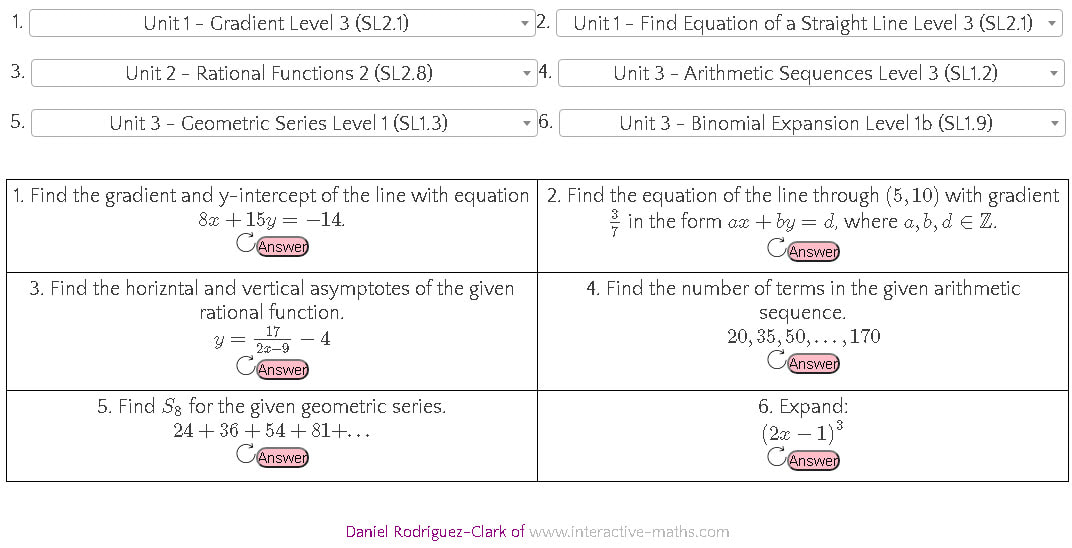
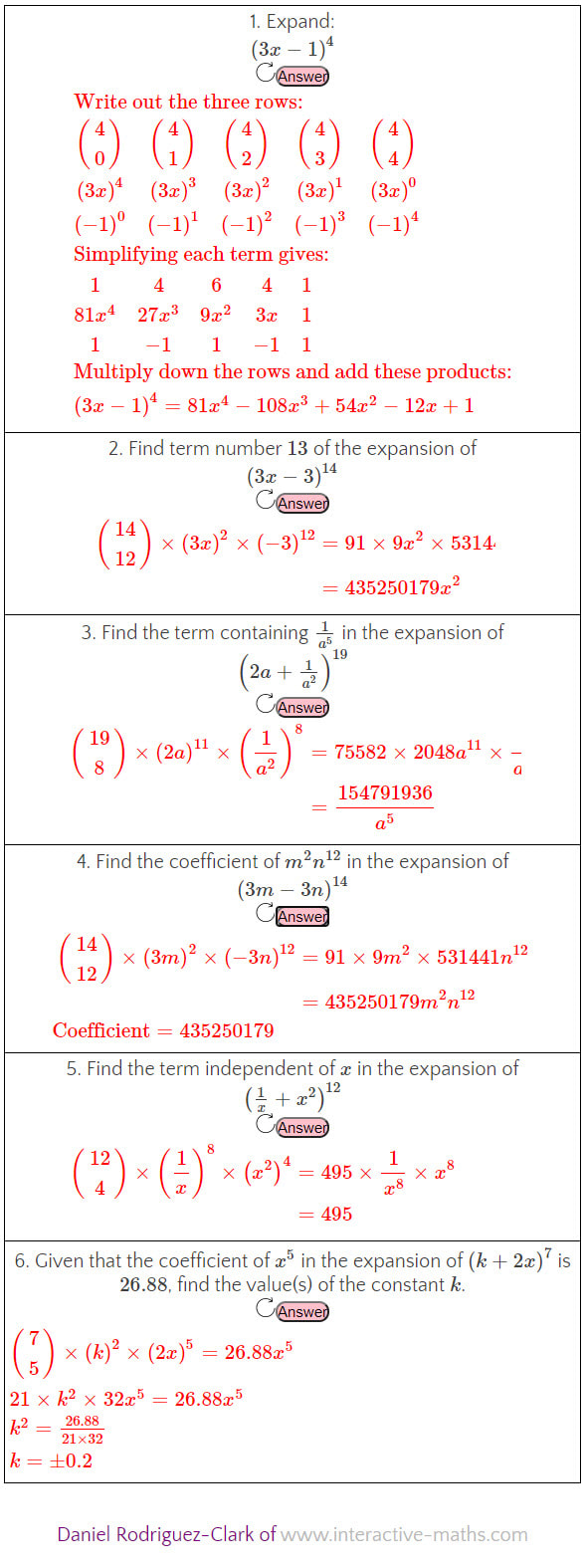
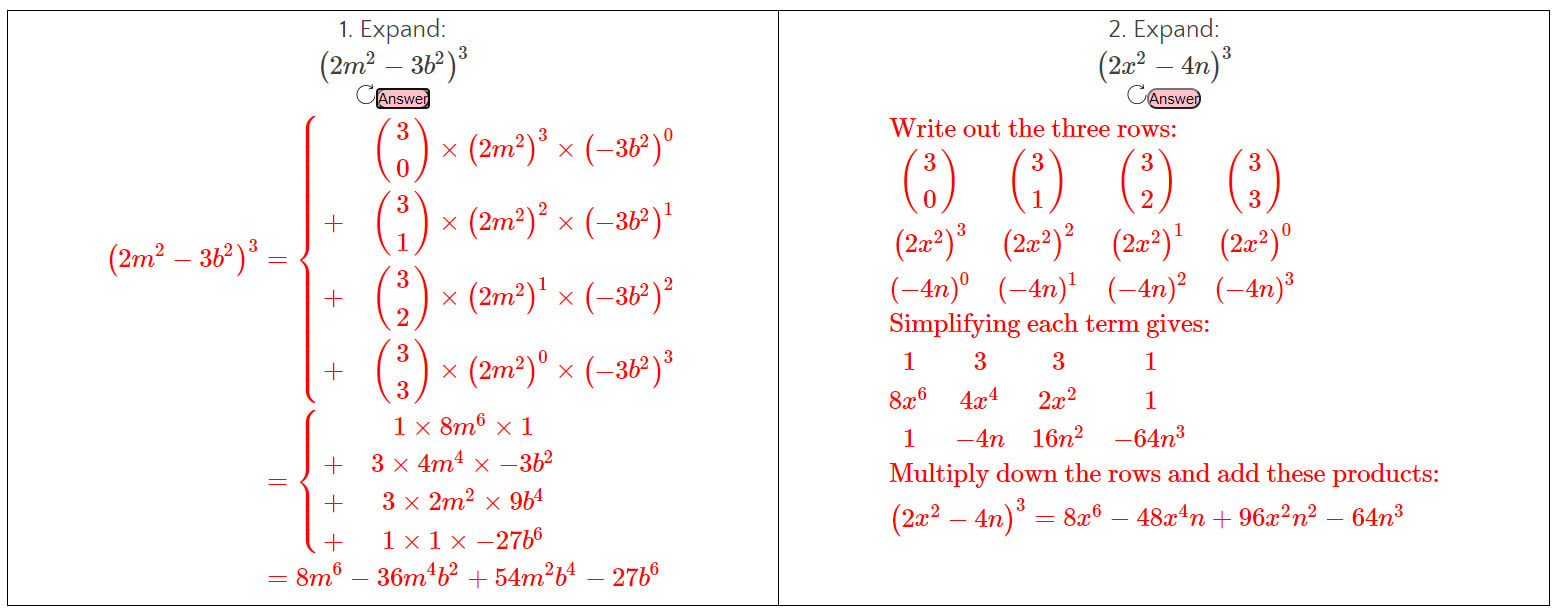
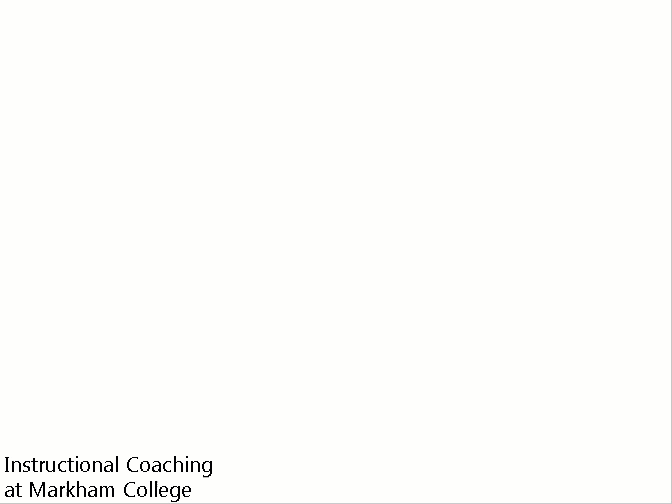
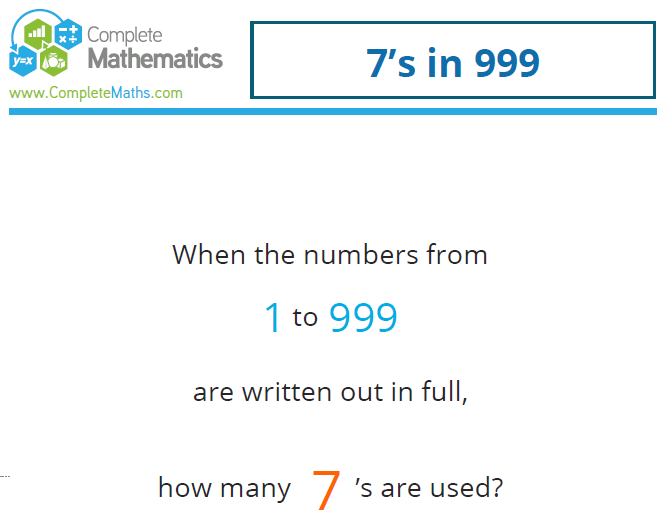
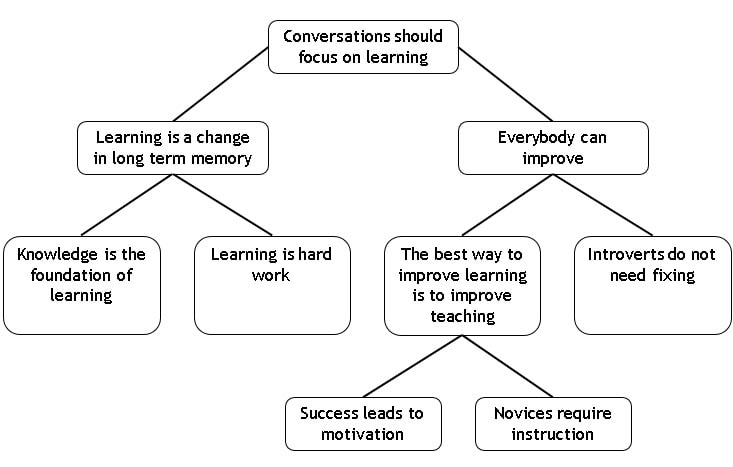
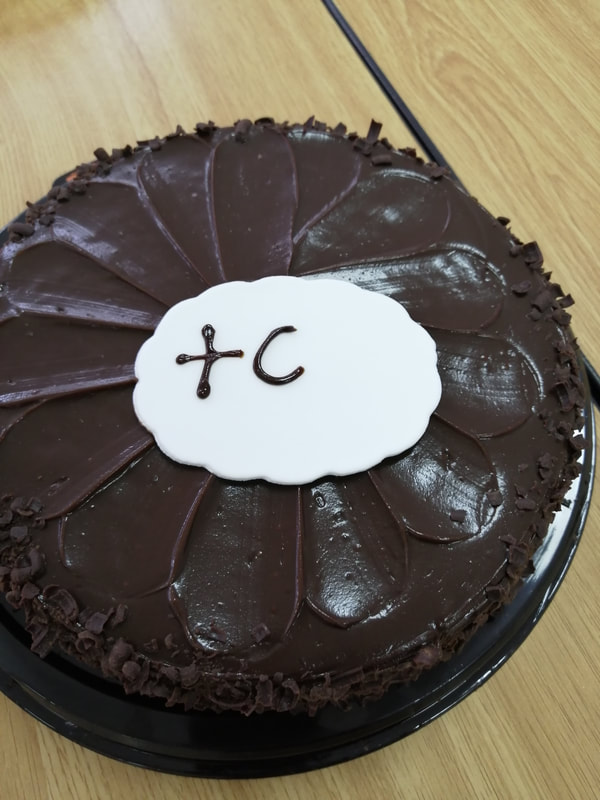

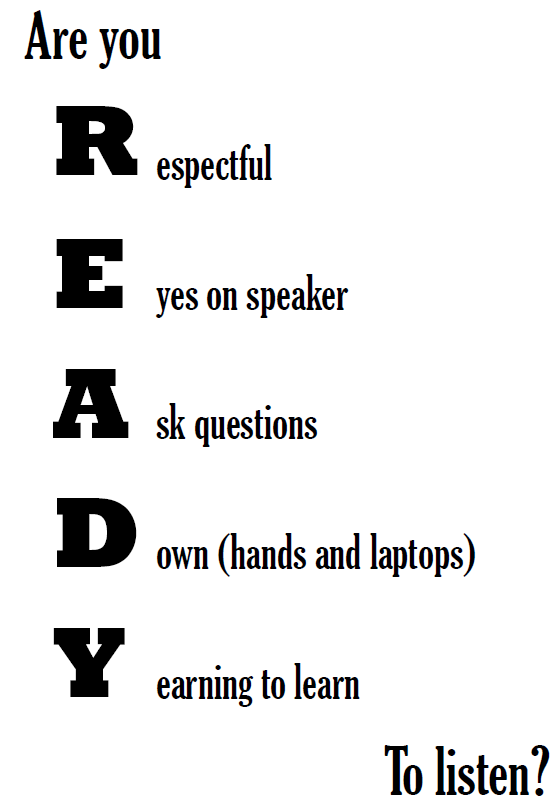
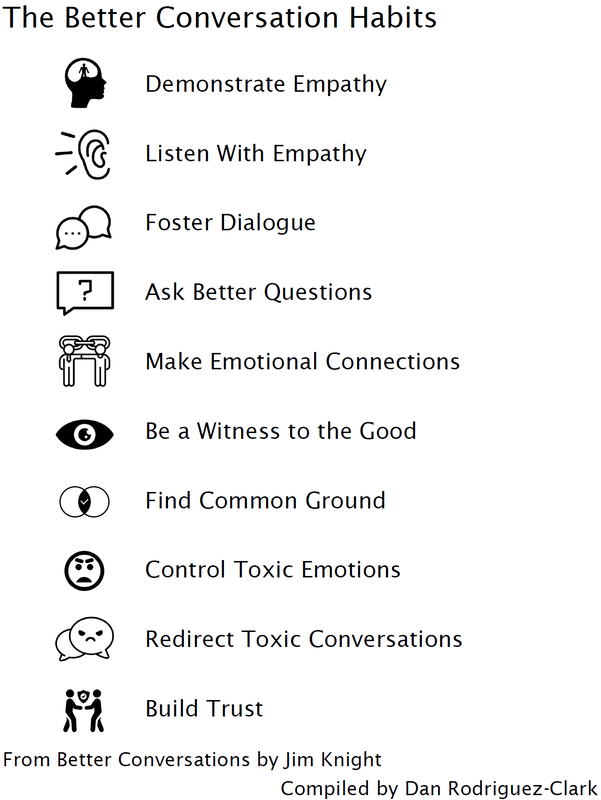
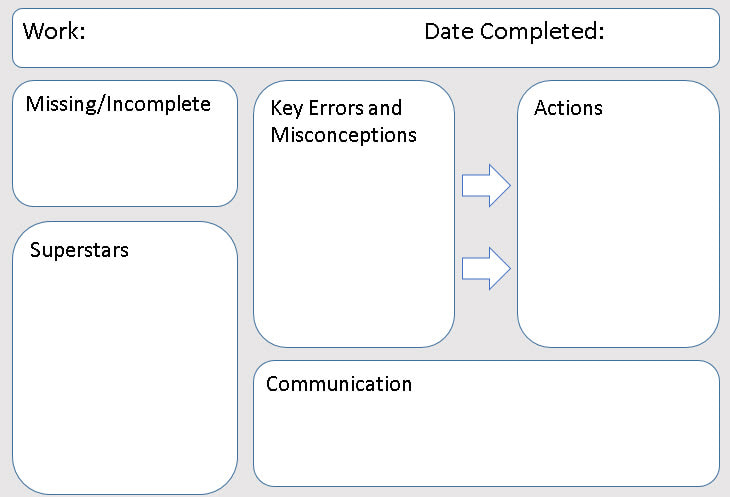
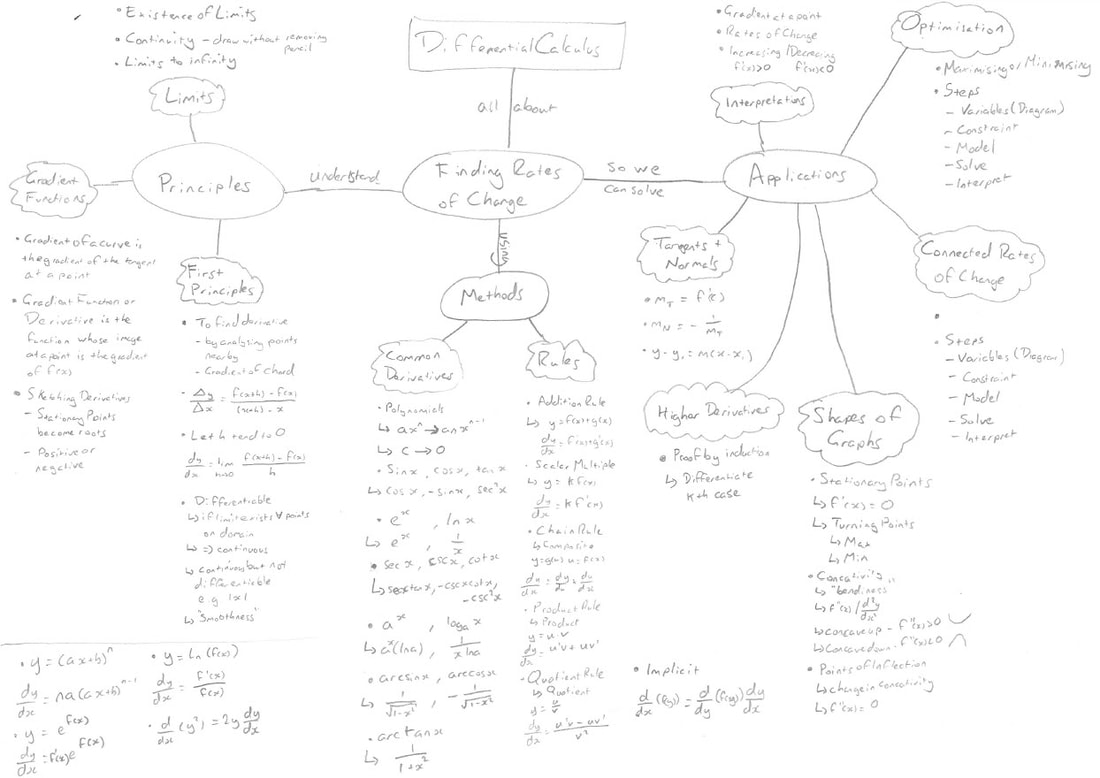
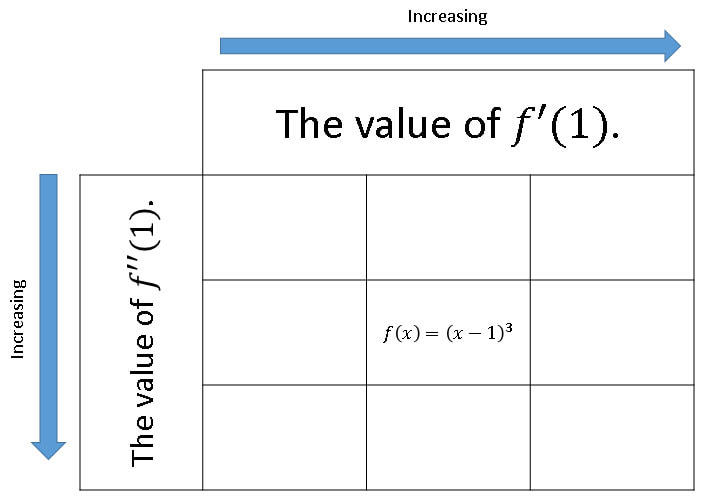
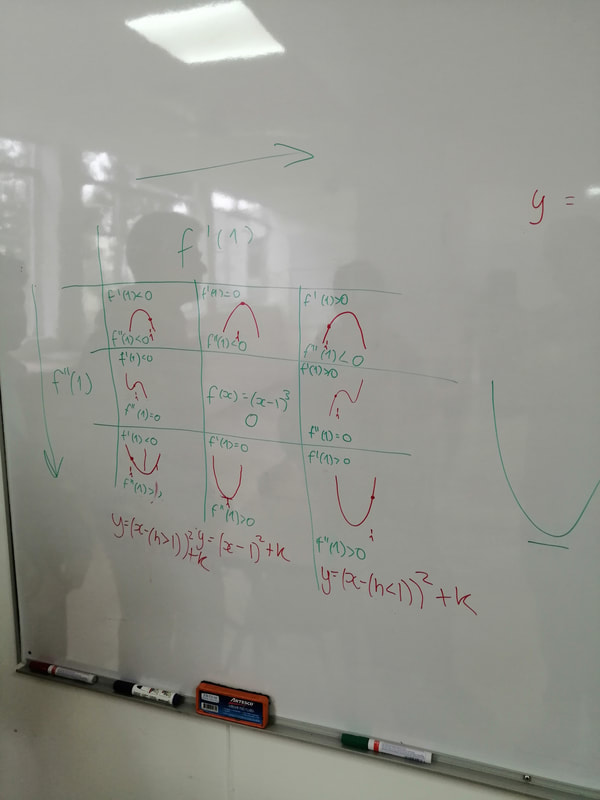
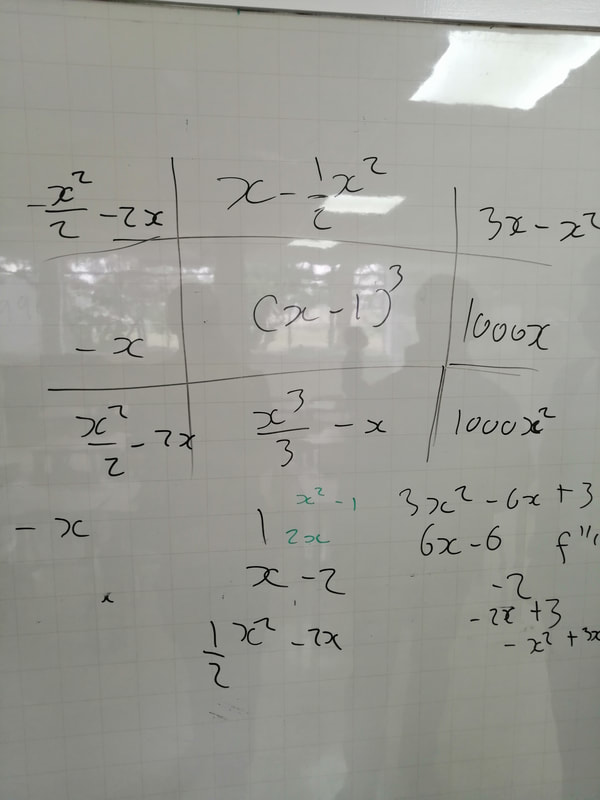
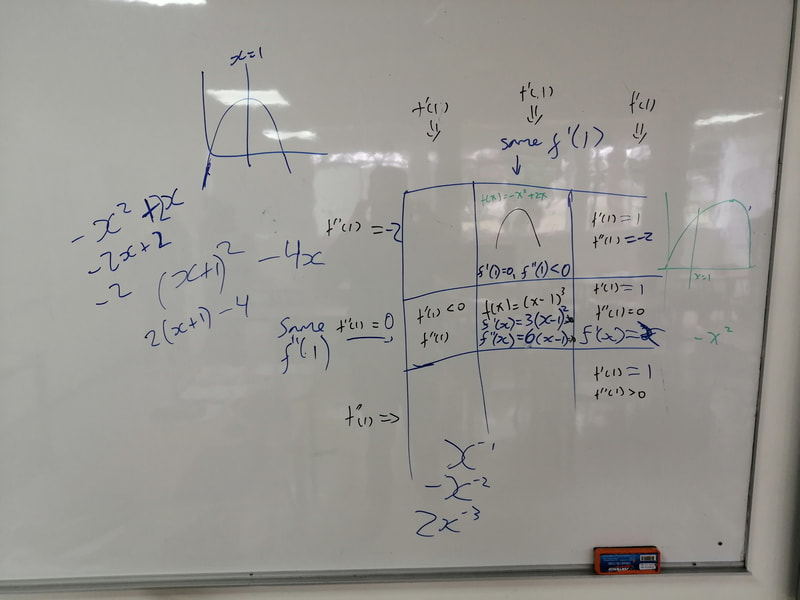
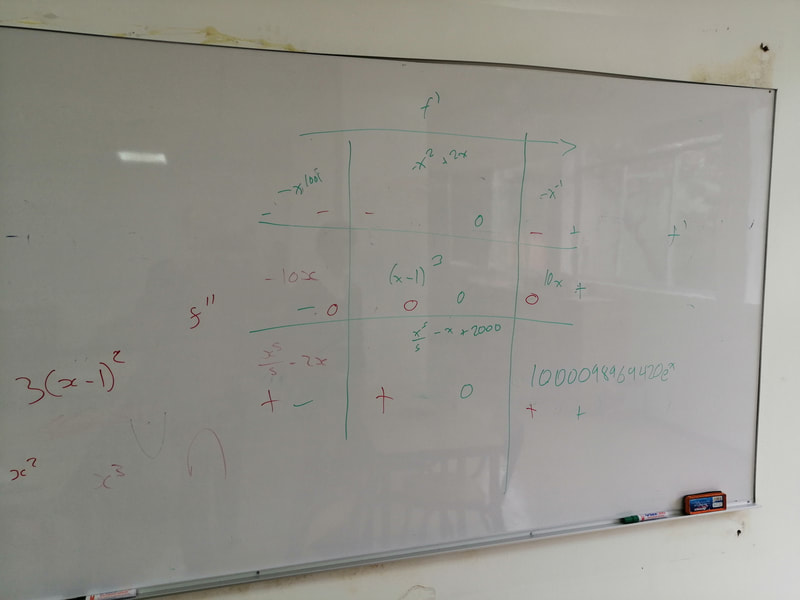
 RSS Feed
RSS Feed
